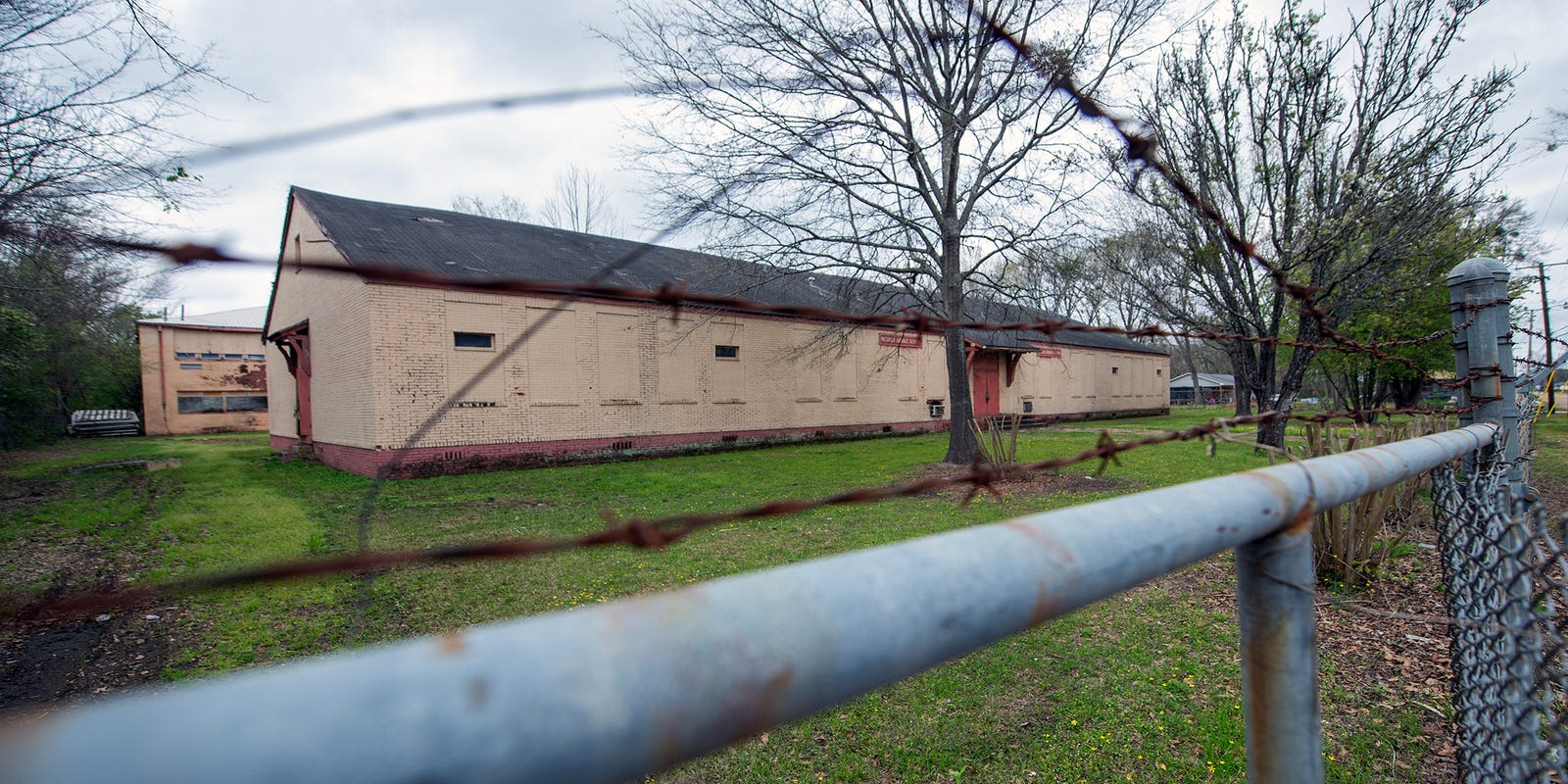Rosenwald Schools, which have stood as enduring symbols of Black history in the South for a century, are facing a gradual decline, with many of these historic buildings now abandoned and serving as mere remnants of the past.
In a bid to revive this legacy, a notable architectural firm in Mississippi has embarked on a mission to restore three Rosenwald Schools across the state.
Belinda Stewart Architecture initiated the Rosenwald Schools Preservation Project in late February 2024, focusing on the restoration of three school structures located in Madison, Quitman, and Sunflower counties.
This preservation endeavor is being supported in part by a Community Heritage Preservation Grant provided by the Mississippi Department of Archives and History.
Further Details:
Dating back to 1927, the former Nichols School in Canton, Mississippi, remains one of the 17 surviving Rosenwald Schools in the state. Originally, Mississippi housed 557 Rosenwald schools aimed at advancing the education of Black children. These schools were constructed through a partnership where communities were required to match the funding provided by Rosenwald with monetary contributions or in-kind support in the form of labor and materials. Belinda Stewart Architecture is actively engaged in the restoration of this significant building along with two other Rosenwald Schools in Mississippi.
Unveiling the Legacy of Rosenwald Schools
The historical backdrop of Rosenwald Schools traces back to the 1896 U.S. Supreme Court case “Plessy v. Ferguson,” which institutionalized the “separate but equal” doctrine, endorsing segregation between Black and white citizens in public facilities.
Following this ruling, white schools received disproportionately higher attention and funding from state authorities, leaving Black students, particularly those in rural areas, to attend schools housed in abandoned, deteriorating structures such as churches and tenant buildings, with meager resources compared to their white counterparts.
To bridge this educational gap, the Rosenwald Fund was established. Julius Rosenwald, the Sears CEO, and Booker T. Washington, the founder of the Tuskegee Institute, collaborated to create this fund.
The schools supported by the Rosenwald Fund came to be known as Rosenwald Schools, with local communities expected to match the funding provided by Rosenwald for each school.
Jennifer Baughn, the chief architectural historian at the Mississippi Department of Archives and History, highlighted the significant community involvement in the construction of these schools, underscoring the unwavering commitment of African Americans in the early 20th century to ensure quality education for their children despite the challenges posed by racial segregation.
The architectural design of Rosenwald Schools revolutionized school infrastructure nationwide, prioritizing optimal learning environments. These schools often featured single-story layouts to mitigate fire risks associated with multi-story buildings and large windows to negate the need for electricity, a scarce resource in many rural areas.
“While appearing modest, these buildings were truly pioneering for their time,” Baughn remarked.
Insights into Mississippi’s Educational Landscape:
By the time the Rosenwald Fund disbanded during the Great Depression in the 1930s, over 5,000 Rosenwald Schools had been established across the Southern states, with Mississippi alone boasting more than 500 such schools.
Today, only a few of Mississippi’s Rosenwald Schools endure, with many repurposed or left vacant.
Upholding Historical Significance
Architects argue that even vacant Rosenwald Schools can continue to hold substantial value in contemporary society.
Belinda Stewart Architects, based in Eupora, specializes in the restoration and preservation of historic structures. Belinda Stewart, the firm’s principal, expressed a longstanding interest in Rosenwald Schools, with previous projects including the relocation of one in Tennessee.
The dormant Nichols Elementary School in Canton awaits rejuvenation, with restoration efforts set to commence shortly.
The future purpose of the revitalized Nichols Elementary School remains undecided. Similar Rosenwald Schools in the South have been repurposed as community hubs, retirement residences, or utilized by nearby churches.
The primary objective is to revive the Nichols Elementary building, share its narrative, and reintegrate it as a vibrant part of the local community, as per Stewart.
In Quitman County, the Marks Rosenwald School, situated on an active school campus, has been undergoing restoration efforts led by Stewart and her team for the past seven years.
Severely damaged by termites, the building will be transformed into a space housing new classrooms for the neighboring school post-restoration.
Meanwhile, the Drew Rosenwald School in Sunflower County is slated to become a museum supporting the Emmett Till trail upon completion. The museum will honor Willie Reed, an Emmett Till trial witness and a Drew Rosenwald School alumnus.
The Rosenwald Schools Preservation Project is not limited to these three schools. Stewart and her team aspire to continue the restoration of Mississippi’s Rosenwald Schools in the years ahead.
Even if these structures no longer function as schools, the preserved Rosenwald Schools are poised to remain invaluable community assets.
“I believe Julius Rosenwald would have been gratified to witness the continued communal significance of these buildings,” Baughn reflected.
